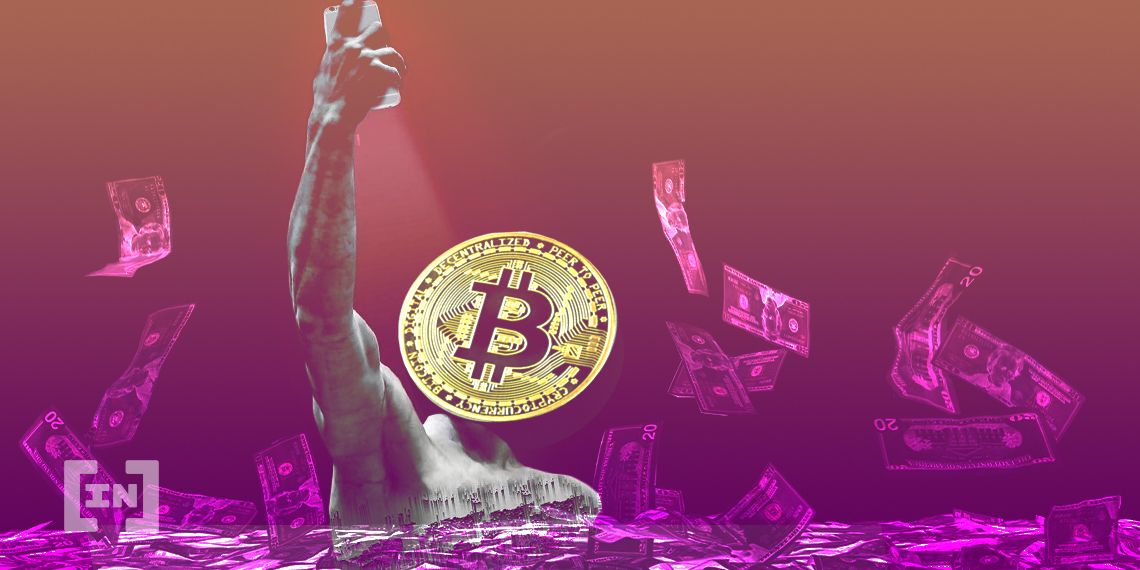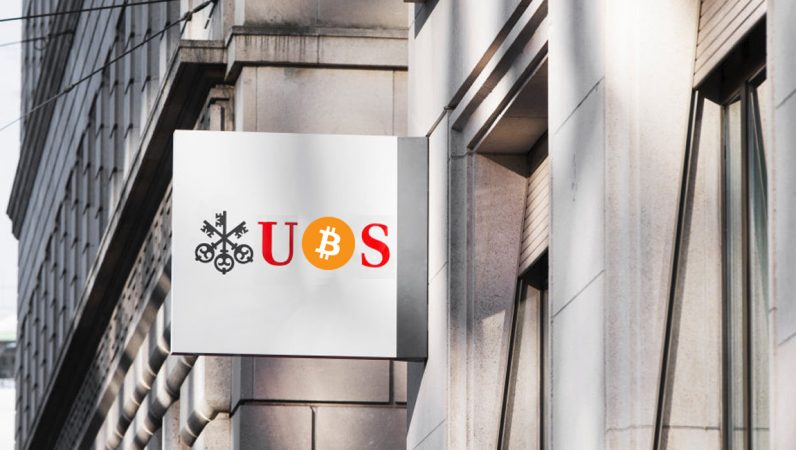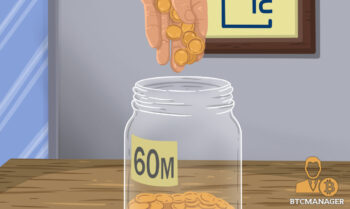2021-3-23 16:54 |
As the US warms up to the idea of a CBDC, banks, and fintech firms are not thrilled about being potentially left out.
Wall Street firms are not thrilled about the US’ rumored upcoming CBDC, a Bloomberg report has revealed. Financial institutions and fintech firms are concerned regarding the implications a central bank-issued token could have on their bottom line.
For instance, Mastercard and Visa currently act as intermediaries between merchants and consumers. With a CBDC system, the role of intermediaries would be severely diminished or even eliminated. On the other hand, banks could be edged out of their roles as financial services providers if the Federal Reserve steps in.
Digital Dollar Prototypes Currently in DevelopmentAdditionally, according to the Boston Fed’s Senior VP of Payments, James Cunha, research is currently underway to explore the viability of a digital dollar. This study’s results, conducted in conjunction with MIT, will be revealed as early as July this year.
Still, it’s unlikely that any of these prototypes would be ready for mass deployment shortly. Cunha further admitted that a policy debate between the Fed, Congress, and Treasury could result in years of delay.
Furthermore, it appears that the digital dollar may have another naysayer to contend with: the American Bankers Association. According to many at the ABA, the digital dollar could set back the US’ payment system by several years instead of catapulting it ahead. The organization is currently lobbying against the technology and cautioning the public against a Federal Reserve “deposit monopoly.”
Rumors involving a Federal Reserve-backed cryptocurrency have been around for several years now. In that time, several other countries have already unveiled plans for their own digital currency. Still, sentiment surrounding cryptocurrency seems positive in the US — especially with tech giants such as Tesla buying in.
American CBDC Faces Competition From ChinaChina, the US’ fiercest economic rival at the moment, has accelerated its digital yuan rollout. Originally scheduled for a launch in 2020, China’s central bank temporarily halted development amidst nation-wide lockdowns.
In December 2020, China invited a handful of citizens from Suzhou to participate in a CBDC-related pilot program. E-commerce giant JD.com participated in the trial, along with thousands of retail merchants across the city. The company reported sub-second transaction settlement times. The trial went on to be a success, garnering $3 million in transactions.
Share of payment instrument usage by year: Federal Reserve Bank of San Francisco First Mover Advantage is CriticalAn American CBDC would prevent the digital yuan from gaining a significant first-mover’s advantage in international trade. Public adoption and usage of an American digital currency, however, could be slow. Cash usage in the US is still high, accounting for 26% of all payments as of 2020.
In China, meanwhile, physical cash is almost completely non-existent. Two-thirds of all payments in China involve a smartphone-based app of some kind. The closest country in that statistic is South Korea, which lags behind at a mere 30% mobile payment penetration rate.
Easy-to-use and widely accepted payment systems are somewhat of a rarity in the US. Surprisingly, Starbucks is one of the leaders in this space — accounting for at least 12% of all orders. With over 29 million users, the company edged out Apple Pay by a small margin in 2018. Starbucks offers its customers unique incentives for using its mobile ordering system. This has likely motivated a large percentage of its user base to download and use the app.
If the digital dollar offers similar incentives at the outset, it may coax hesitant citizens into adopting the new paradigm. However, a silent rollout may end up hurting its dreams of replicating the dollar’s success in the digital currency space.
The post U.S. CBDC Program Draws Flak From Wall Street appeared first on BeInCrypto.
origin »Asian Fintech (AFIN) на Currencies.ru
|
|



















